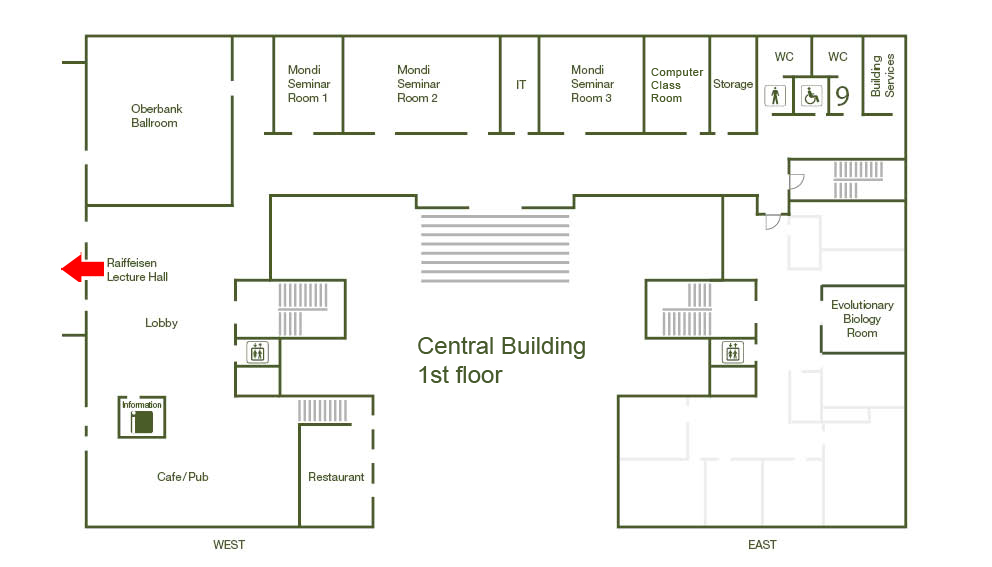Binary Evolution: A Decades-Old Problem with a Data-Motivated Solution

Abstract
Binary stars play a role in nearly all areas of astrophysics from providing high-energy radiation that drove reionization of neutral hydrogen in the early Universe to forming compact objects to being contamination sources for exoplanet population studies. While theoretical descriptions for the outcomes of binary star interactions quickly followed the confirmation that nuclear fusion powers stellar evolution, models which accurately describe all aspects of binary evolution, from birth through to the formation of stellar remnants, remain elusive. This is due, at least in part, to a relative dearth of data sets that provide measurements of binary properties and cover swaths of stellar population parameters like mass and temperature. The development of several astronomical surveys which span both the electromagnetic and gravitational wave spectra, and provide measurements of binary-star parameters, offer a unique opportunity to confront models for binary evolution with data. In this colloquium I will review how uncertain binary interactions shape stellar populations and discuss recent work which aims to constrain these interactions by comparing binary evolution simulations to data using a variety of analysis techniques that target both large populations as well as individual systems of interest.